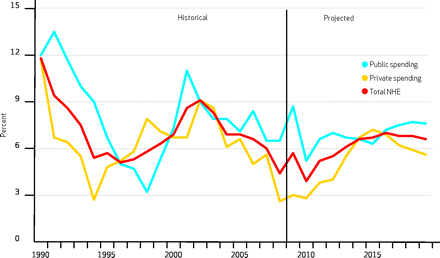Callan Associates has published The Callan Periodic Table of Investment Returns for 2009.
Chart
Click to Enlarge
Some of the key observations from this chart include:
- Global stocks rallied about 32% in 2009 while US S&P 500 climbed 26.5%
- Small caps outperformed large caps for the ninth year out of the past 11 years
- Fixed Income generated a 5.9% return
You can download the complete pdf version of “The Callan Periodic Table of Investment Returns (Key Indices: 1990-2009)†by clicking here
Related: The Callan Periodic Table of Investment Returns 2016: A Review
